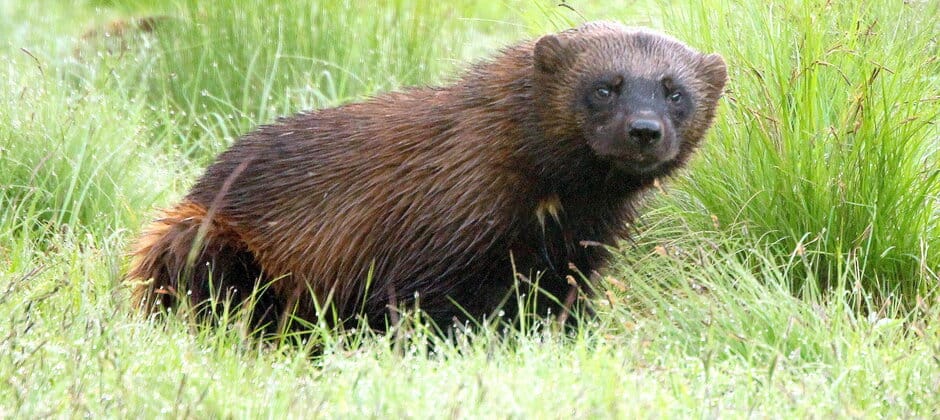Share this article
USFWS to review ESA protections for several species
In a recent flurry of Endangered Species Act species-specific updates, the U.S. Fish and Wildlife Service announced it is reviewing the listing status of several species, including the wolverine, the Nevada-California border sage-grouse population, the Yellowstone bison population and giraffes. Additionally, the Service has recently pledged to update the threatened Florida manatee’s critical habitat designation.
Two recent court rulings ordered the USFWS to reconsider listing wolverines (Gulo gulo) and the Nevada-California border sage grouse population (Centrocercus urophasianus) as threatened under the Endangered Species Act. These rulings reverse the USFWS’ 2020 determinations that neither species warranted federal protection. In both those cases, the court’s decision was founded on the basis that the USFWS did not fully utilize the data available to them to make a cohesive case for denying protections. While the USFWS reviews the status of wolverines and the bi-state sage grouse population, both species will be federally protected as threatened species.
The USFWS also recently responded to two listing petitions. One petition requested the USFWS to list giraffes (Giraffa camelopardalis) under the ESA, and through a court settlement the agency agreed to decide if they warrant federal protection by November 2024. While giraffes are native to Africa, the United States legally participates in the trade of giraffe bones, skins and other parts. Listing under the ESA would discourage and limit the United States’ participation in the giraffe-product market.
The second petition requested the agency list the Yellowstone population of Plains bison (Bison bison bison) under the ESA. The USFWS found the petition provided substantial evidence that range curtailment may be a potential threat to the Yellowstone bison population, and will begin their initial assessment within the next few months.
Lastly, in a legal agreement with various groups, the USFWS committed to revising critical habitat designations for the threatened Florida manatee (Trichechus manatus) by September 2024. Starvation has resulted in a record number of manatee deaths in Florida over the last year, mostly due to water pollution killing seagrass beds in the Indian River Lagoon. A temporary emergency lettuce feeding program was previously launched to supplement the population throughout the winter months.
The Wildlife Society recognizes the ESA as a fundamentally sound and vital tool in the effort to conserve biological diversity, and supports the science-based conservation of listed species by consistently advocating for robust wildlife research appropriations.
Read TWS’ Position Statement and policy brief on the Endangered Species Act for more information.
Header Image: Wolverine (Gulo gulo). Credit: Yrjo Jyske








